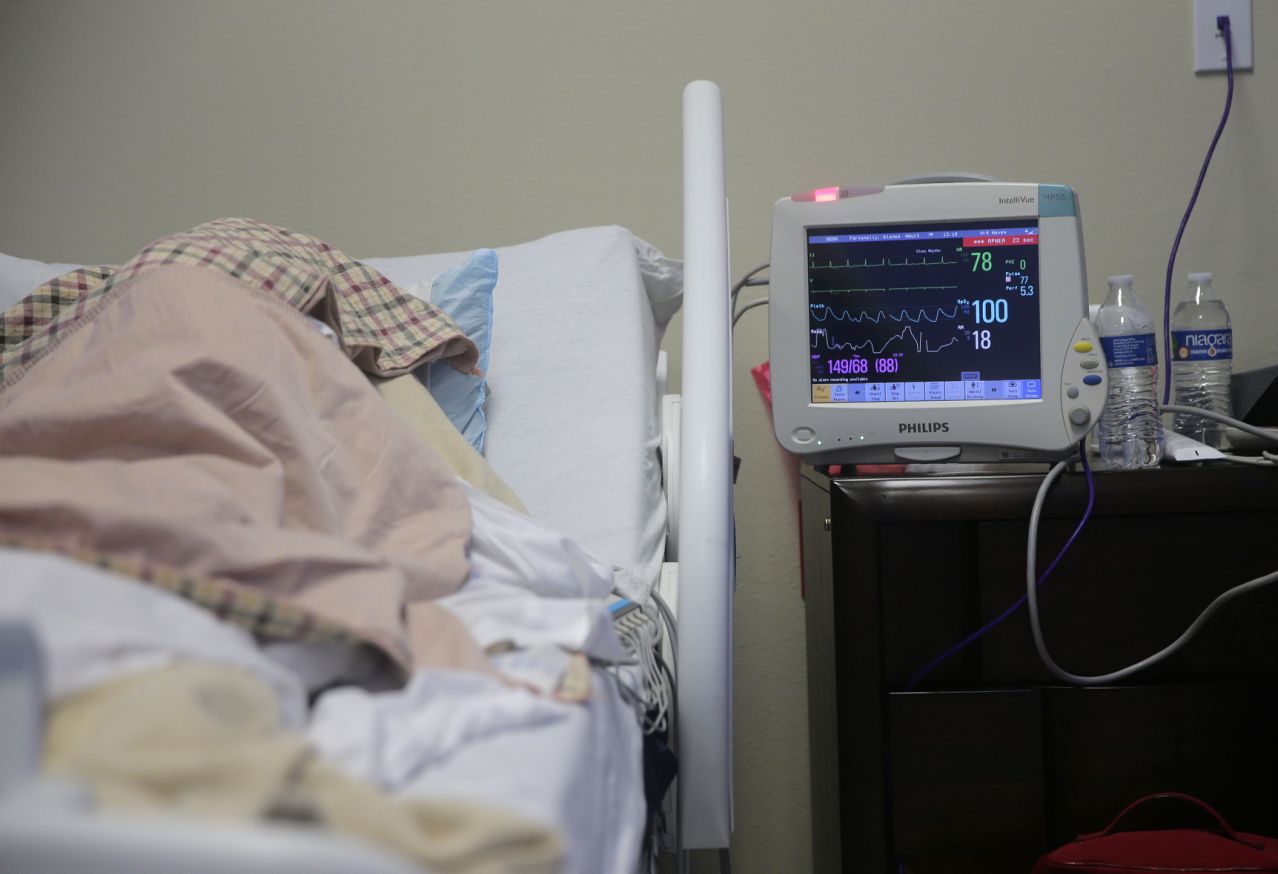RIO GRANDE CITY, Texas (AP) — When labor pains signaled that Clarissa Muñoz was at last going to be a mom, she jumped in a car and headed two hours down the Texas border into one of the nation’s most dire coronavirus hot spots.
She went first to a hospital so desperate for help that nurses recently made 49 phone calls to find a bed 700 miles away to airlift a dying man with the virus. From there, she was taken to a bigger hospital by ambulance. Along the way, she passed a funeral home that typically handles 10 services a month but is up to nine a week. And when she finally arrived to give birth, she was blindsided by another complication: A test revealed that she too was infected.
Hours later, Muñoz was granted just a few seconds to lay eyes, but no hands, on her first born, who was quickly whisked away.
On America’s southern doorstep, the Rio Grande Valley, the U.S. failure to contain the pandemic has been laid bare. For nearly a month, this borderland of 2 million people in South Texas pleaded for a field hospital, but not until Tuesday was one ready and accepting patients. In July alone, Hidalgo County reported more than 600 deaths — more than the Houston area, which is five times larger.
At DHR Health, one of the largest hospitals on the border, nearly 200 of the 500 beds belong to coronavirus patients isolated in two units. A third unit is in the works. That doesn’t even include the COVID-19 maternity ward, where mothers and newborns are separated immediately.
Doctors and nurses rushed Muñoz’s baby out of the delivery room and down a hallway sealed by a zippered tarp to restrict contaminated air. Seven hours later, she still did not know his weight. Across the street, alarms blared constantly in a coronavirus intensive-care unit, summoning nurses to roll patients onto their stomachs to force more air into their lungs.
“It’s a really, really ugly feeling,” Muñoz said of watching her son being taken away.
Texas reopened quicker than most of the U.S., only to backtrack in the face of massive outbreaks. Health officials say the worst of a summer resurgence appears to be behind the state as a whole, but the border is a bleak exception. Doctors fear another punishing wave is around the corner.
This predominantly Hispanic region is cruelly vulnerable to COVID-19. The prevalence of diabetes here is roughly three times the national average, and households have among the lowest incomes in America, adding to the difficulty of thwarting the virus.
Even the weather has added to the burden. The first hurricane of the season barreled over the border two weeks ago. At first, local officials hoped that the storm named Hanna would wash out family gatherings and bar crawls, slowing the spread. In reality, the system knocked out power to thousands of homes for days, driving families into closer contact with relatives whose lights remained on.
Now, said Maritza Padilla, DHR Health’s assistant chief nursing officer, there’s “no chance” of flattening the region’s infection curve.
At the hospital, a television monitor displays the struggle in real time: Teal rectangles represent occupied hospital beds, and green

